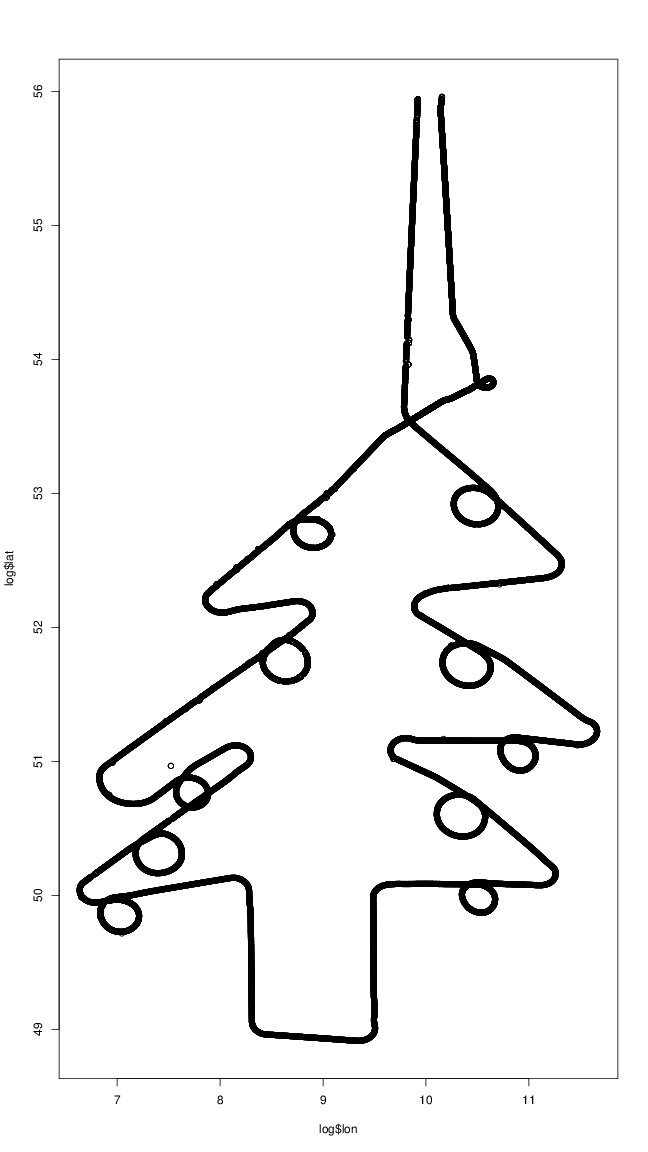Of course, this list is not exhaustive and you should provide us with any additional reasons in the comments. When you do install your own sensor such as the full OpenSky Network Kit (available here) below or any other DIY solution, don't forget to feed to the OpenSky Network, to get the full benefit of your plane-spotting adventure!

So, let us cover some of the potential reasons: wanting raw data, plane-spotting enthusiasm, getting unfiltered data and simply loving to tinker around.
- Raw data: What you can see on flight tracking websites are only aggregated flight tracks. For many investigations, it is really useful to get the raw data sent out by the aircraft transponders, i.e. all the up to thousands of messages per second sent out over the 1090MHz channel by a single aircraft: Mode A/C, Mode S EHS, ADS-B etc. This allows you get for example physical layer data (signal strength, timing, etc.) or the content of the Mode S BDS registers, which can be useful in many investigation such as Germanwings Flight 9525.
Furthermore, even when paying for business accounts, the available history is typically fairly limited, you can’t go and see what happened more than 180 days or a year ago. When you get and store your own raw data, you can decide to store whatever interests you as much and as long as you are able to. - Plane-spotting enthusiasm: I think this is fairly self-explanatory although you in no way have to comprehend it. Some people simply like spotting planes. With their eyes, with their cameras, with radio receivers, it doesn’t matter. There are many pictures of the same plane on Flickr, Jetphotos etc. Some people are “collecting” as many planes in their area as they can. That’s just how it’s always been.
- Unfiltered data: Many websites do not give you the full data. They display the commercial air traffic but few other types of traffic (i.e. general or military aviation). There are different levels of blocking, something that is covered extensively in several research papers using OpenSky data [1,2], which you can all find on our publications web page. In short, as a very significant percentage of all aircraft (note: this doesn’t equate to all traffic — you’ll see most of the planes that are in the air at any given time) can be blocked on flight tracking websites, people turn to their own ADS-B receivers to see the true, full air picture of what is going on around them.
- Tinkering: Finally, some people like playing with technology. Again, not everyone needs to understand this but it’s a hobby for many. There is a massive community of people playing around with software-defined radios receivers (e.g. http://www.rtl-sdr.com/) and aviation communication protocols are the most popular use cases. Setting up a Raspberry Pi with dump1090 and building a nice antenna is a nice project that teaches you quite a bit about hardware, software, wireless communication, and air traffic surveillance.
A good combined example of reasons 1, 2 and 4 is the state vector data released by OpenSky for the Airbus 380 Christmas tree drawn recently over Germany: https://opensky-network.org/datasets/states/airbus_tree.csv

[1] Matthias Schäfer, Martin Strohmeier, Matthew Smith, Markus Fuchs, Vincent Lenders, Marc Liechti and Ivan Martinovic. OpenSky Report 2017: Mode S and ADS-B Usage of Military and other State Aircraft. In IEEE/AIAA 36th Digital Avionics Systems Conference. September 2017.
[2] Matthew Smith, Daniel Moser, Martin Strohmeier, Vincent Lenders and Ivan Martinovic. Analyzing Privacy Breaches in the Aircraft Communications Addressing and Reporting System (ACARS). arXiv preprint arXiv:1705.07065, 2017.
You can find all publications that use data from OpenSky on our Publications page.


